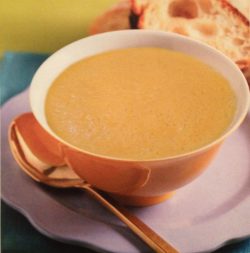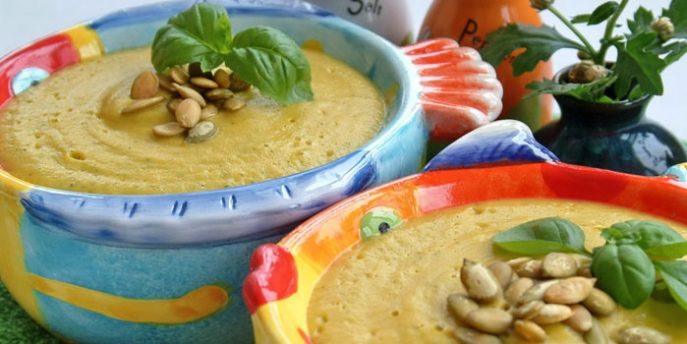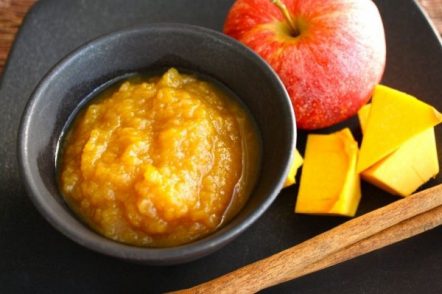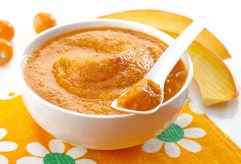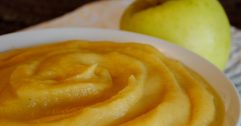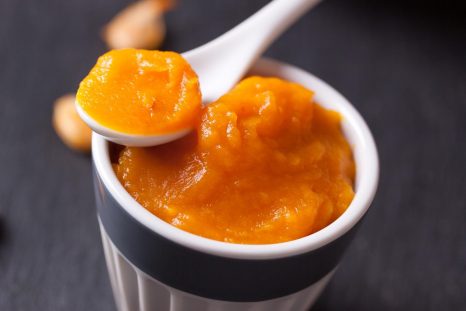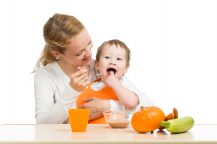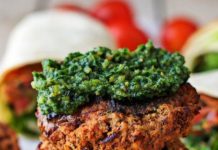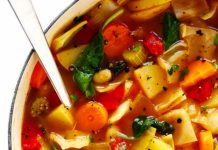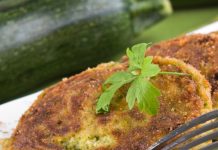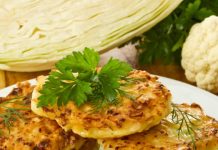Many mothers prefer homemade pumpkin puree, cooked on their own. In fact, this is the right decision, because this is the only way to know for sure what ingredients the baby food will consist of.
Material Content:
Classic pumpkin puree for babies
If you are wondering about how to cook and how much to cook pumpkin for baby puree, then the information below will definitely be useful to you. Rather, use this recipe.

What is needed:
- pumpkin - 200 g;
- water - ½ cup.
Take a small pumpkin. It is desirable that it is not too old and tough. Give preference to a young fetus.
- Separate 200 grams, peel and core. Then cut into small cubes, fill with half a glass of water and send to boil.
- Cooking lasts 15-20 minutes on low heat. When the vegetable becomes soft, it means that it is ready and you can remove the pan from the stove.
- Grind the pumpkin in mashed potatoes using a mixer or a hand blender and then you can feed the baby.
You can put a small twig of greenery. The main thing is that she grind completely.
Cooking with the addition of zucchini
Pumpkin puree for a child with zucchini will be a great addition to complementary foods.
What is needed per 100 grams of pumpkin:
- zucchini - 100 g;
- milk - half a glass;
- oil is a slice.
This pumpkin puree for babies is already suitable for older children - about 9 months.
- Take care of vegetables first. Peel the zucchini and pumpkin, remove the core and cut into small pieces.
- Pour milk in a saucepan if the child is not allergic to it, or with water and boil for several minutes over low heat.
- After that, grind the vegetables to a homogeneous consistency so that there are no fiber fibers, using a submersible blender or mixer at high speed.
Pumpkin puree soup for the little ones
The ingredients indicated in the recipe are designed for one serving of mashed soup for a small child.
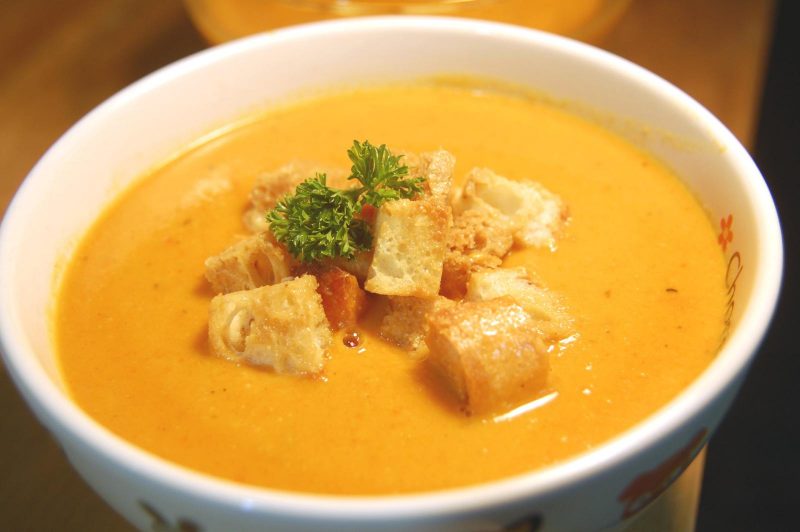
What is needed:
- pumpkin - 150 g;
- potatoes - 1 pc.;
- carrots - 1 pc.;
- onions - ½ pcs.;
- salt - a pinch;
- water - 2 glasses;
- a spoonful of olive oil.
Cooking Algorithm:
- Pour water into a saucepan and bring it to a boil.
- Pumpkin and potato are cut in medium-sized cubes. They must first be peeled and washed thoroughly. Pay special attention to this moment, because you are preparing mashed potatoes for a small child, which means that it should be clean, without unnecessary impurities.
- Carrots are rubbed on a fine grater, half of the onion is cut as finely as possible.
- Put all the ingredients in a pan and boil them in boiling water for half an hour over medium heat.
- After the vegetables are cooked, let them cool slightly and add oil.
- Grind them immediately in mashed potatoes using a hand blender or mixer. Put a pinch of salt, mix well and you can give the dish to the child.
Tasty and healthy dish with apples
Pumpkin in combination with an apple is a unique complex of vitamins and minerals useful for a growing organism.
What is needed:
- pumpkin - 200 g;
- apple - 1 pc.
Cooking like this:
- Rinse the pumpkin and apples thoroughly. For cooking, it is better to use medium-sized fruits.
- Cut them into medium-sized pieces and send to the pan. Pour there also a half glass of water and boil for 20 minutes with the lid closed.
- After the ingredients are ready, drain the excess water. Leave the dish to cool briefly and grind it in mashed potatoes using an immersion blender or mixer.
If this is not possible, then simply pass the mixture through a meat grinder or sieve.
After the actions taken, mashed potatoes can be given to the child. This recipe is also suitable for a multicooker, but in it you will need to increase the time to half an hour and set the “Extinguishing” program.
Baby pumpkin puree for the winter
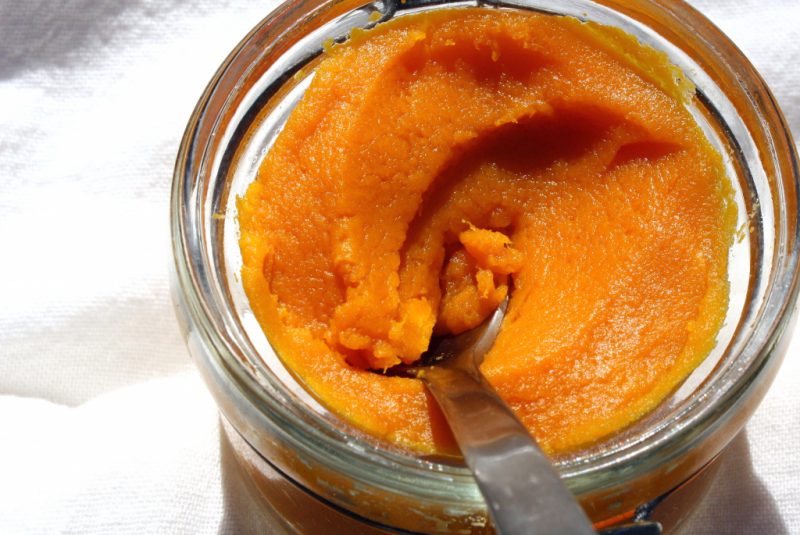
What is needed:
- pumpkin - 200 g;
- sugar - ½ cup.
Cooking!
- First dissolve sugar in boiling water. In this case, the syrup should not be very thick (be sure to consider this).
- Remove the pan from the stove and take care of the pumpkin. Cut it into large slices, peel and seeds, and then send it to the oven for 40 minutes at a temperature of 200 ° C. It is important that the pumpkin is completely softened, then it will be easier to prepare the puree.
- To make the mashed potatoes tender in taste and consistency, you can pour a little water into the baking dish for the pumpkin - then the slices will not wrinkle during cooking.
- When the pumpkin is ready, pass it through a sieve or grind with an immersion blender, and then mix thoroughly with syrup and put in sterilized jars.
The benefits of pumpkin puree for babies
Many people know that infants still have a rather weak body, which is due to the beginning of its development. For this reason, the introduction of complementary foods should be treated with special attention and caution.
First of all, the use of pumpkin puree for small children is in a huge amount of vitamins, among which: A, PP, B1, B6 and many others. Also, any orange fruit contains beta-carotene, which has a beneficial effect on the development of visual function not only in children but also in adults. Among the trace elements found in the pumpkin, it is worth highlighting calcium, magnesium, iron and phosphorus.
Therefore, you should not even doubt how useful pumpkin puree will be for babies. In addition, if you combine it correctly with other products (for example, apples, zucchini, broccoli, cauliflower, etc.), then the benefits can increase significantly. And homemade mashed potatoes, prepared on their own, will be clearly better than bought in a store.
At what age can I enter the diet?
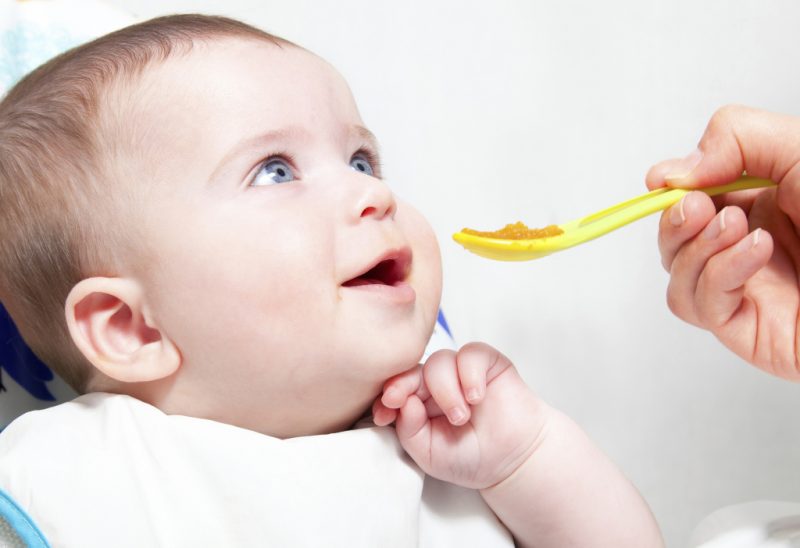
Pumpkin is an orange vegetable, which means it is potentially allergenic.Therefore, mashed potatoes from it should be introduced into the child’s diet only after he gets acquainted with zucchini, broccoli and other vegetables. If there are no allergic reactions and malaise, then experts advise starting to feed the baby with pumpkin at the age of six months. Babies who are breast-fed can start giving pumpkins even earlier - from about 4 months old. Since these babies have a lack of nutrients found in breast milk.



